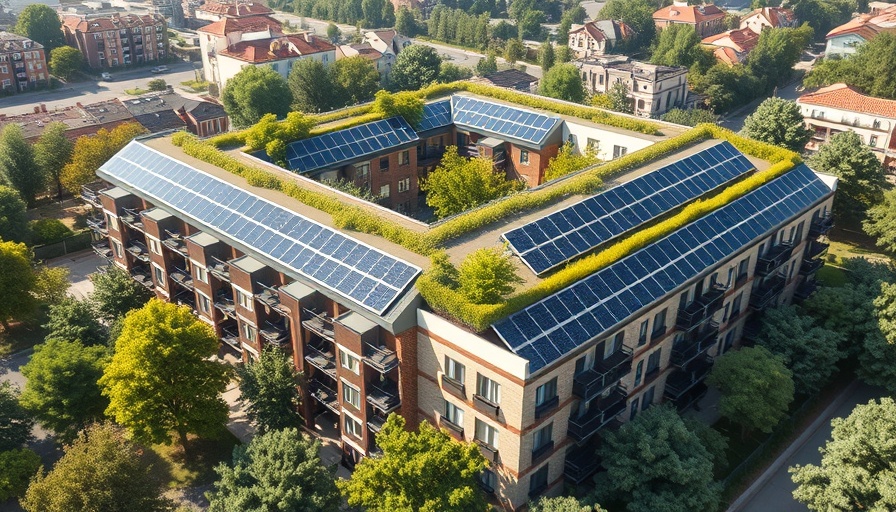
A Sustainable Future: Redefining Living Spaces
In the contemporary landscape of multifamily housing, sustainability is no longer a luxury—it's a necessity that resonates deeply with residents seeking a harmonious blend of comfort and eco-friendliness. In San Diego County, where the natural surroundings are as breathtaking as the urban development, projects like The Pine and The Spoke serve as shining examples of what sustainable living can look like. Designed by DAHLIN Architecture, these developments emphasize the importance of health and well-being, ensuring that living spaces not only cater to basic needs but also enrich the quality of life.
The Pine: An Oasis of Efficiency
Completed in 2024, The Pine stands as a 140-unit LEED Gold certified development in Kirkland. It’s strategically designed to harness its forest surroundings, promoting a serene living environment near urban amenities. The focus on all-electric systems, including energy-efficient heating, reflects a transformative trend in sustainable construction. Adding features like ample bike parking and electric vehicle charging infrastructure further caters to the environmentally conscious resident.
The Spoke: Eco-Friendly Living Redefined
Meanwhile, The Spoke, a 211-unit transit-oriented development in Redmond, exemplifies why eco-conscious design matters. Achieving both LEED Platinum and Fitwel certifications, it utilizes low-carbon concrete, rooftop solar arrays, and energy-efficient systems. Its design integrates art and nature, offering not just apartments but a vibrant community experience resonating with the local culture.
Why Sustainability Matters in Housing
According to Sean Whitacre, principal at DAHLIN, the true value of these developments transcends financial metrics. By measuring returns through improved resident wellness and retention, it's evident why sustainable features such as natural lighting, biophilic design, and planned open spaces should be prioritized. Residents benefit from a living environment that emphasizes health and reconnection with nature—an essential element, particularly in today's fast-paced world.
A Call to Action for San Diego Residents
For the residents of San Diego County, understanding the impact of sustainable design is crucial. As new developments arise, it’s important to consider how they contribute to our collective well-being and the environment. We encourage local residents to advocate for sustainability in housing and engage in community discussions about integrating eco-friendly practices into future developments. Exploring these themes not only enhances our living spaces but also strengthens our commitment to healthier lifestyles.
 Add Row
Add Row  Add
Add 




Write A Comment